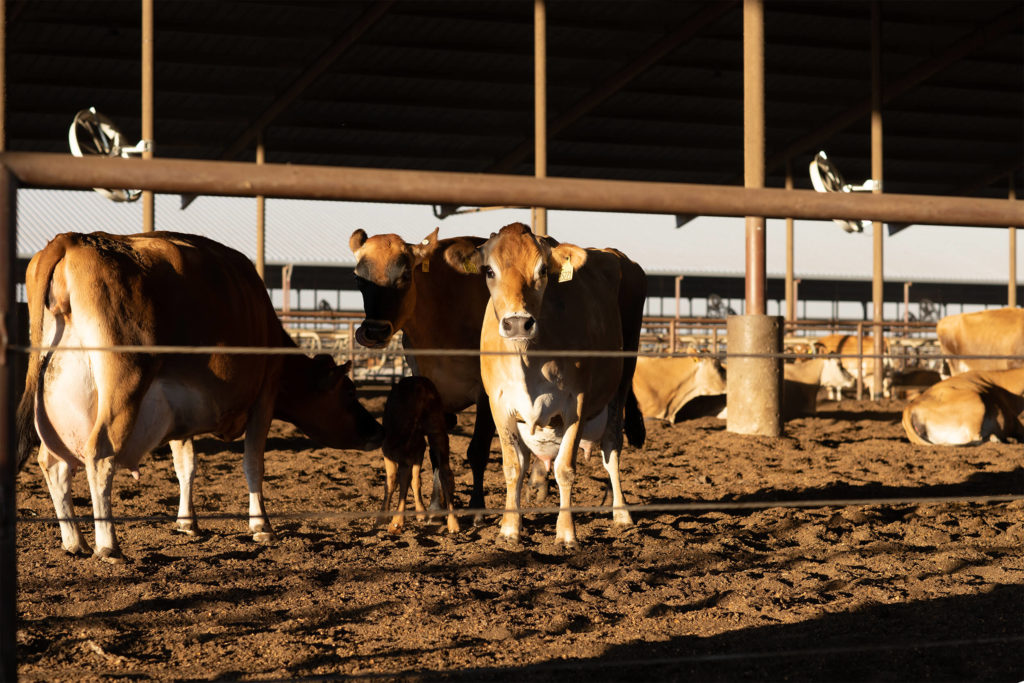DairyComp Case Study: The Dry Period – are you winning or losing?
Dairy producers have to be savvy. Squeak some margin here, capitalize on an outcome there – it’s how many producers were able to hang on through the hardest hit times of the pandemic. But are the decisions we make to save money actually helping us? A data-driven approach can unveil whether we’re winning or losing.
Let’s take a look at the dry period. In our case study, we’re considering a dairy who has reduced the dry period length on older cows to less than 45 days in hopes of capitalizing on additional milk revenue from prolonged bulk tank contribution.
To see if this herd is winning or losing, we’re going to use DairyComp to determine peak milk yield by length of dry period, we’ll then take those numbers to run simple calculations which will determine the true cost of their decision. Spoiler alert – this herd wasn’t winning with their short dry period, leaving $17,600 in opportunity up for grabs.
See how we arrived at this assumption below.
We’ll start by evaluating peak milk for the cows with a dry period less than 45 days using the DairyComp command: SUM PEAK FOR DDRY=1-45 LACT>1
From that command, we find that the dairy has 88 cows in that group with a peak milk of 103 lbs.
Next, let’s look at the cows with a dry period of 46-70 days using the command:
SUM PEAK FOR DDRY=46-70 LACT>1
We find 62 cows, with a peak milk of 112 lbs.
We know that 1 lb. of peak milk is equal to 250 lbs. in a lactation on a mature cow, and have identified 9 lbs. of peak milk difference between dry period lengths using our DairyComp command. By calculating 9 lbs. of peak milk difference x 250 lbs./lb. peak, we can see we are losing 2,250 lbs. of milk per cow in following lactation with the shorter dry period length.
Take that a step further to assign dollars to that decision and we find:
2,250 lbs. of milk x 88 cows* = 198,000 lbs. of milk
*remember, that’s how many cows were managed with a shorter dry period length
198,000 lbs. of milk/100 = 1,980 cwts of milk
1,980 x $16 milk = $31,680 in lost opportunity
While that’s a pretty incredible amount of lost opportunity we need to remember to subtract the revenue the producer would have made from the shorter dry period. We’ll assume they would have had 20 more days of milking at 50 lbs. per cow.
20 days x 50 lbs./100 cwt x $16 milk = $160 per cow

If we multiply that by 88 cows, we come up with $14,080 in milk revenue.
But, even if this farm changed their protocol, they would still likely result in a net gain of $17,600.
ARE YOU WINNING OR LOSING WITH YOUR DRY PERIOD?
Use DairyComp, along with your team of advisors to evaluate your protocols.
Don’t forget, there are many benefits to an adequate dry period – not only through increased milk yield in the subsequent lactation, but through better udder health and body condition.
